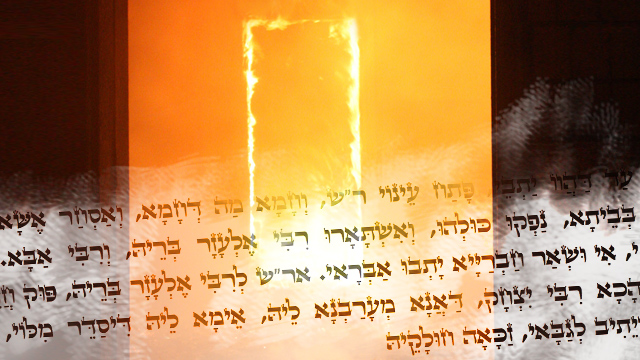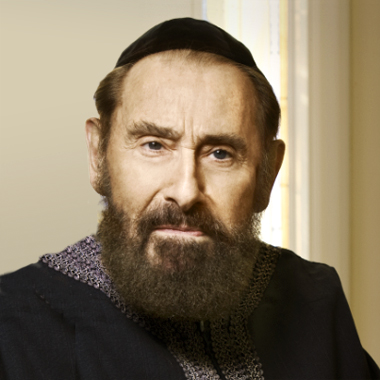
There is no better way to connect with Rav Shimon bar Yochai, the author of the Zohar, than to connect with the spiritual holiday of Lag B’Omer—the anniversary of the day Rav Shimon left this physical world.
The Zohar teaches us that Rav Shimon did not truly die. However, the day of Lag B’Omer is to be singled out because, as the kabbalists teach, the day a person leaves this physical world is the day of his or her greatest revelation of Light.
Before I explain what took place on the day Rav Shimon left this world, I would like to share that in the portion of Ki Tavo the Zohar states that Rav Shimon and his son, Kabbalist Rav Elazar, fled their home and hid in a cave in Peki'in, Israel; one common story relates that Rav Shimon and his son were fleeing from the Romans, who sought to put him to death for studying the Torah and spiritual teachings.
While that has been an accepted story for some 2000 years, there is another version that I would like to share: As we learn in the Zohar, the rabbinical authorities of the time were conducting themselves in a manner that was totally contrary to the spiritual laws of the Torah. It was these rabbinical authorities, in fact, who caused the destruction of the Holy Temple in Jerusalem.
Rav Shimon rebelled against their corruption, and when the rabbinical authorities saw him gathering students, they went to the Romans and claimed that he was creating a rebellion. And so, while Rav Shimon did flee from the Romans, it was not the Romans who sought to execute him, but rather the rabbinical authorities.
After fleeing the Romans, Rav Shimon remained hidden in the cave in Peki'in, Israel. After many years, he emerged from the cave at such a highly elevated state of consciousness that when he observed the people of the world repeating the same corrupted behavior that he had witnessed before entering the cave, he understood that people had not yet changed and he went back into the cave for another year.
 Cave in Peki’in, where Rav Shimon Bar Yochai revealed the wisdom of the Zohar.
Cave in Peki’in, where Rav Shimon Bar Yochai revealed the wisdom of the Zohar.
So, now we come to Lag B’Omer, the day Rav Shimon decided to leave this physical reality. What does it mean that Rav Shimon decided to leave this physical reality? We are accustomed to the idea that man has no choice as to when he will die; yet the Zohar makes it very clear that on this day Rav Shimon decided to leave. On this day, Rav Shimon arranged his words and gathered his companions around him. Other people gathered around Rav Shimon as well, and although Rav Shimon was not ill, he appeared to be so. The Zohar tells us that Rav Shimon could not bear the pain of seeing corruption—he knew that hatred could not possibly be reconciled with hatred. People who claim to be spiritual cannot possibly hate—it is a contradiction. And so, Rav Shimon felt he had had enough.
At the time Rav Shimon left this world, he said, “Now I see the Light is no longer here, and people are flocking into my home.”
The Zohar teaches that while Rav Shimon’s companions and others were sitting around him, he opened up his eyes, and “he saw what he saw”; he saw the house he was sitting in became completely surrounded by his Light, and at that moment, everyone had to leave. The only two people who remained were his son and Kabbalist Rav Abba.
Rav Shimon decided to leave this physical world when he did because he understood that the people with hatred would have to go through many transformations to make their spiritual correction, and that this would not happen in his time. Although Rav Shimon was teaching the Zohar and people were immersing themselves in these teachings, he saw that during his time it would not make the difference amongst those people with hatred. Rather, he saw that in our time, the Light of the Zohar would create this change.
The kabbalists teach that the only people stalling the Final Redemption—the removal of chaos from our world —are the hateful people known as the “erev rav”; the people who treat others with less than human dignity. They and they alone, hold back this ultimate achievement. Rav Shimon saw this and felt that there was no possibility of it happening in his lifetime. He could not make the resurrection—the restoration of health, happiness, tranquility and peace—a reality at that time.
However, Rav Shimon forecasted that in this modern day and age—the Age of Aquarius —the removal of chaos from our world would finally be restored.
Further Reading:


